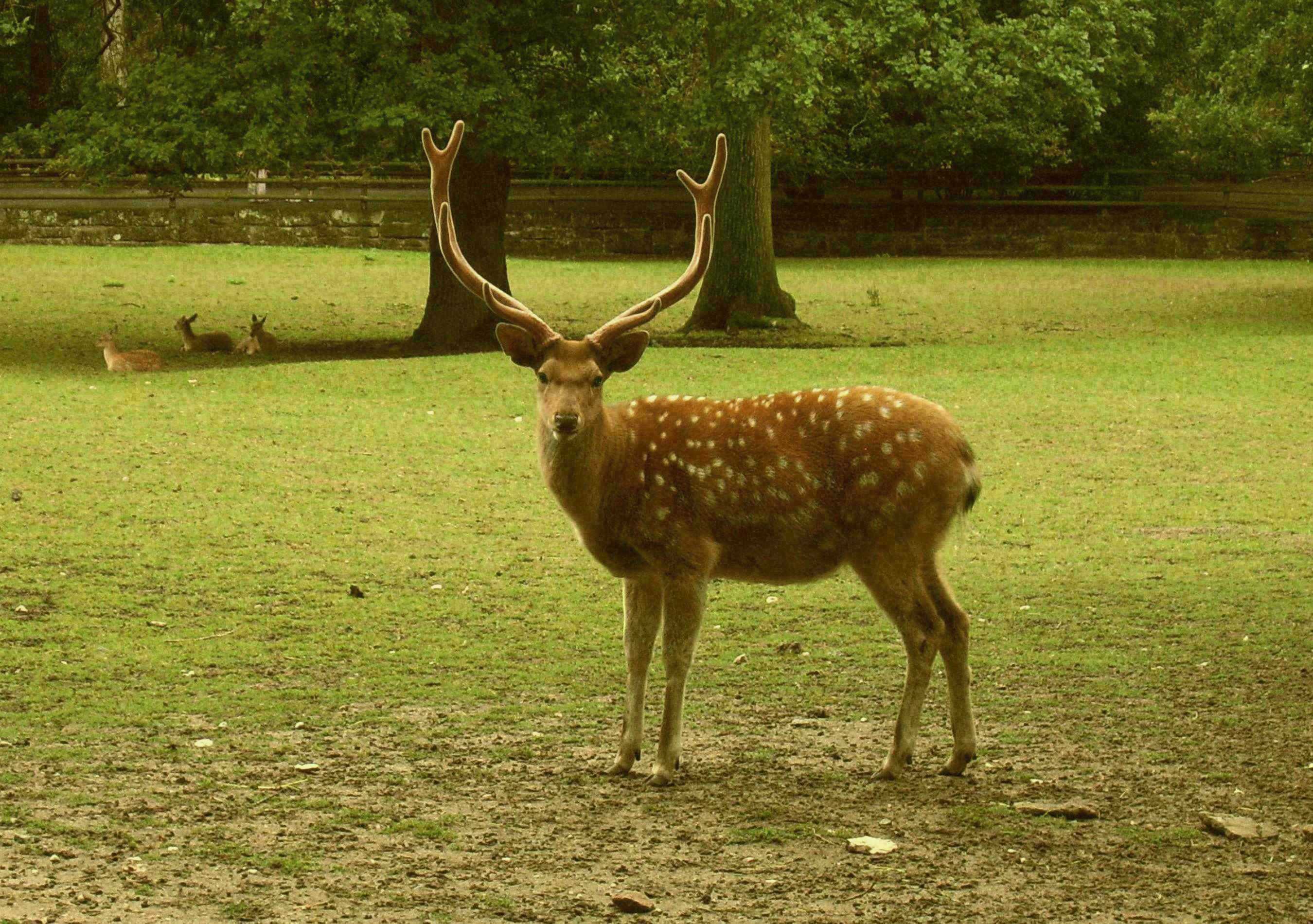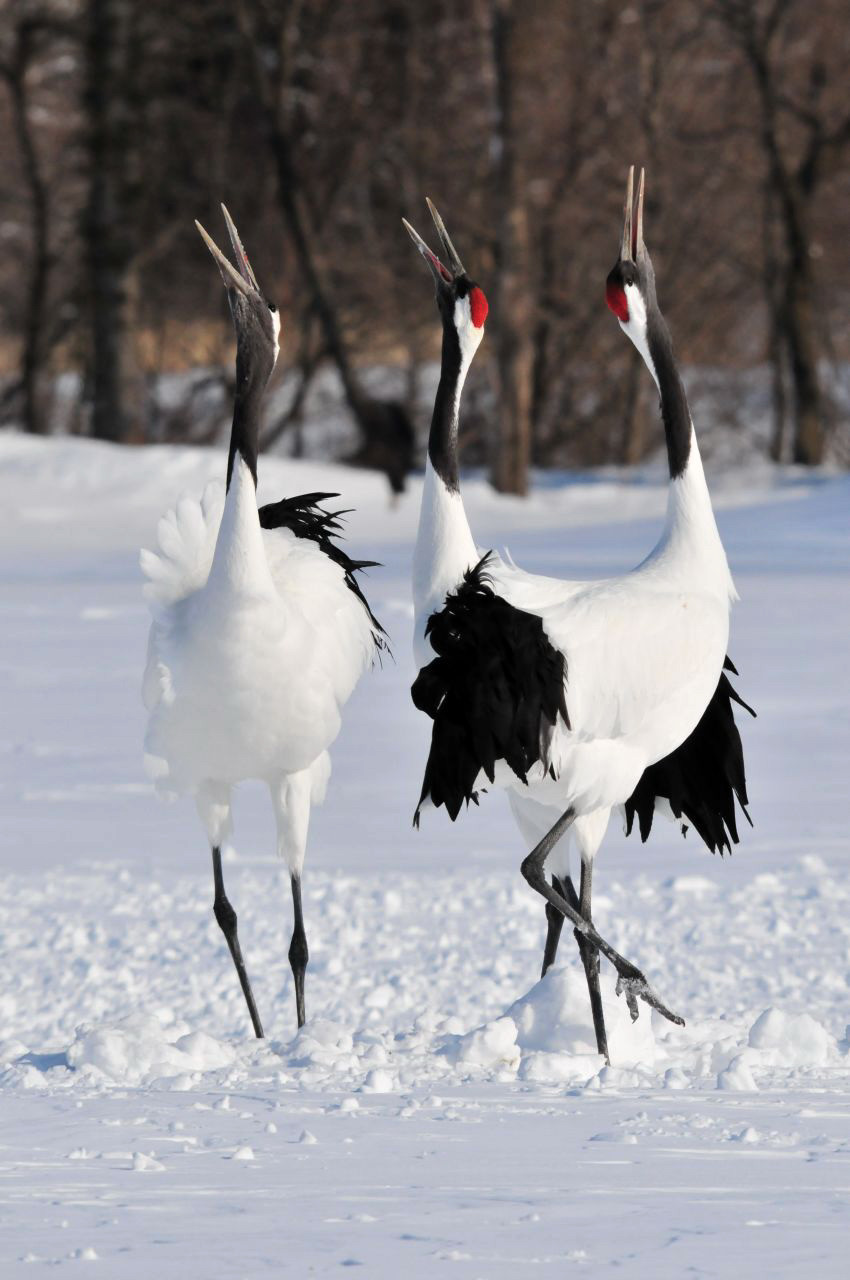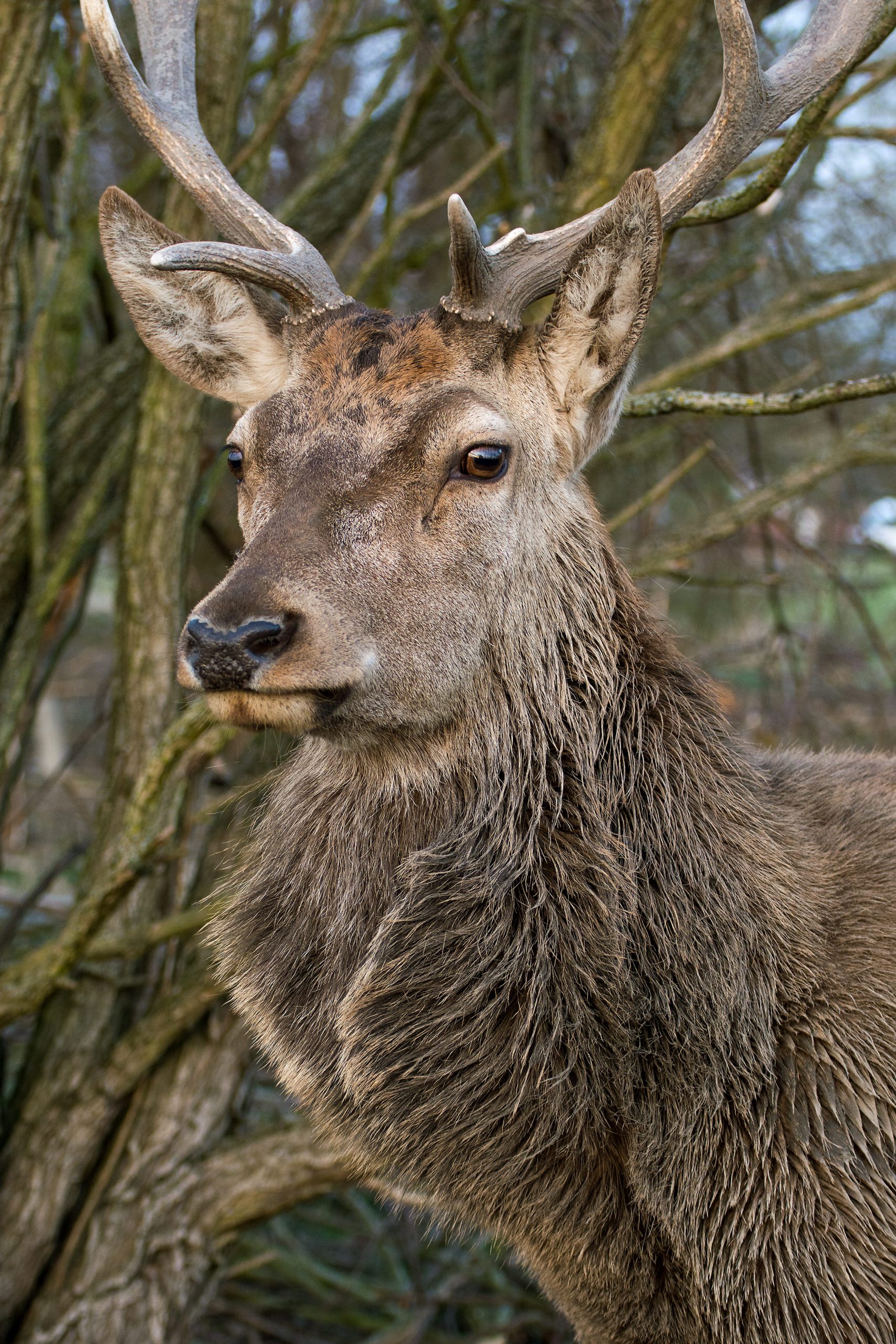|
Kerama Deer
The Kerama deer (also Kerama Sika) is a endangered subspecies of the Sika deer native to the Kerama Islands. History Kerama deer were imported from the Kagoshima Prefecture in the early 17th century. They were heavily hunted because they destroyed crops, causing the population to rapidly decline, and are now a government-protected species. The total known population was 130 as of 1995. They have been designated a Natural Monument of Japan To protect Japan's cultural heritage, the country's government selects through the Agency for Cultural Affairs important items and designates them as Cultural Properties under the Law for the Protection of Cultural Properties. Designated items ar .... Description Kerama deer have dark brown hair. Only the bucks have antlers, which are shed from March to April. They are small, weighing only about 75 kilograms. References {{Taxonbar, from=Q3665284 Fauna of Japan Cervus Subspecies ... [...More Info...] [...Related Items...] OR: [Wikipedia] [Google] [Baidu] |
Sika Deer
The sika deer (''Cervus nippon''), also known as the Northern spotted deer or the Japanese deer, is a species of deer native to much of East Asia and introduced to other parts of the world. Previously found from northern Vietnam in the south to the Russian Far East in the north, it is now uncommon except in Japan, where the species is overabundant. Etymology Its name comes from , the Japanese word for "deer". In Japan, the species is known as the . In Chinese, it is known as . Taxonomy The sika deer is a member of the genus ''Cervus'', a group of deer also known as the "true deer". Formerly, sika were grouped together in this genus with nine other species. Now, only the sika and red deer remain, the latter being divided into three separate species: European red deer, central Asian red deer, and American elk (though this remains controversial). Recent DNA evidence indicates these deer are not as closely related as previously thought, resulting in the creation of new species ... [...More Info...] [...Related Items...] OR: [Wikipedia] [Google] [Baidu] |
Kerama Islands
The are a subtropical island group southwest of Okinawa Island in Japan. Geography Four islands are inhabited: Tokashiki Island, Zamami Island, Aka Island, and Geruma Island. The islands are administered as Tokashiki Village and Zamami Village within Shimajiri District. The Kerama-shotō coral reef is a Ramsar Site. The archipelago consists of the following islands (-jima/-shima) - inhabited ones are highlighted in blue - and rocks (other suffixes, unnamed entries) with an area of at least 0.01 km². Flora The archipelago has several extensive coral reefs. Two of them were designated as Ramsar sites in November 2005: a 120-hectare area along the west coast of Tokashiki-jima and around Hanari-jima, and a 233-hectare area around Ijakaja-jima, Gahi-jima and Agenashiku-jima , i.e. H. between Aka Island and Zamami Island. These reefs are home to 248 different coral species, most notably of the Acropora genus. On March 5, 2014, the waters and the islands were placed under prot ... [...More Info...] [...Related Items...] OR: [Wikipedia] [Google] [Baidu] |
Kagoshima Prefecture
is a prefecture of Japan located on the island of Kyushu and the Ryukyu Islands. Kagoshima Prefecture has a population of 1,599,779 (1 January 2020) and has a geographic area of 9,187 km2 (3,547 sq mi). Kagoshima Prefecture borders Kumamoto Prefecture to the north and Miyazaki Prefecture to the northeast. Kagoshima is the capital and largest city of Kagoshima Prefecture, with other major cities including Kirishima, Kanoya, and Satsumasendai. Kagoshima Prefecture is located at the southernmost point of Kyūshū and includes the Satsunan Islands group of the Ryukyu Islands. Kagoshima Prefecture's mainland territory extends from the Ariake Sea to Shibushi Bay on the Pacific Ocean coast, and is characterized by two large peninsulas created by Kagoshima Bay. Kagoshima Prefecture formed the core of the Satsuma Domain, ruled from Kagoshima Castle, one of the most important Japanese domains of the Edo period and the Meiji Restoration. History Kagoshima Prefecture correspo ... [...More Info...] [...Related Items...] OR: [Wikipedia] [Google] [Baidu] |
Natural Monument Of Japan
To protect Japan's cultural heritage, the country's government selects through the Agency for Cultural Affairs important items and designates them as Cultural Properties under the Law for the Protection of Cultural Properties. Designated items are classified in a number of categories, one of which is . This category includes historic locations such as shell mounds, ancient tombs, sites of palaces, sites of forts or castles, monumental dwelling houses and other sites of high historical or scientific value; gardens, bridges, gorges, mountains, and other places of great scenic beauty; and natural features such as animals, plants, and geological or mineral formations of high scientific value. The government further designates "significant" monuments classifying them in three categories: , , and . Items of particularly high significance receive higher classifications: , , and respectively. As of December 17, 2022 there are 1,038 Natural Monuments, 1881 Historic Sites, 427 Places of Sc ... [...More Info...] [...Related Items...] OR: [Wikipedia] [Google] [Baidu] |
Fauna Of Japan
The wildlife of Japan includes its flora, fauna, and natural habitats. The islands of Japan stretch a long distance from north to south and cover a wide range of climatic zones. This results in a high diversity of wildlife despite Japan's isolation from the mainland of Asia. In the north of the country, north of Blakiston's Line, there are many subarctic species which have colonized Japan from the north. In the south there are south-east Asian species, typical of tropical regions. Between these areas lies the temperate zone which shares many species with China and Korea. Japan also has many endemic species that are found nowhere else in the world, making it home to many endangered/rare species. Fauna Mammals About 130 species of land mammal occur in Japan. The largest of these are the two bears. The Ussuri brown bear (''Ursus arctos'') is found in Hokkaidō, where it plays an important role in the culture of the Ainu people. The Asian black bear (''Ursus thibetanus'') inhabits ... [...More Info...] [...Related Items...] OR: [Wikipedia] [Google] [Baidu] |
Cervus
''Cervus'' is a genus of deer that primarily are native to Eurasia, although one species occurs in northern Africa and another in North America. In addition to the species presently placed in this genus, it has included a whole range of other species now commonly placed in other genera. Additionally, the species-level taxonomy is in a state of flux. Taxonomy Genus Until the 1970s, ''Cervus'' also included the members of the genera ''Axis'', '' Dama'', and ''Elaphurus'', and until the late 1980s, it included members of ''Rucervus'' and '' Rusa''. Species In the third edition of ''Mammal Species of the World'' from 2005, only the red deer (''C. elaphus'') and sika deer (''C. nippon'') were recognized as species in the genus ''Cervus''. Genetic and morphological evidence suggest more species should be recognized. For example, the species ''Cervus canadensis'' (elk/wapiti) is considered a separate species. Red deer species group Within the red deer species group, some sources ha ... [...More Info...] [...Related Items...] OR: [Wikipedia] [Google] [Baidu] |



